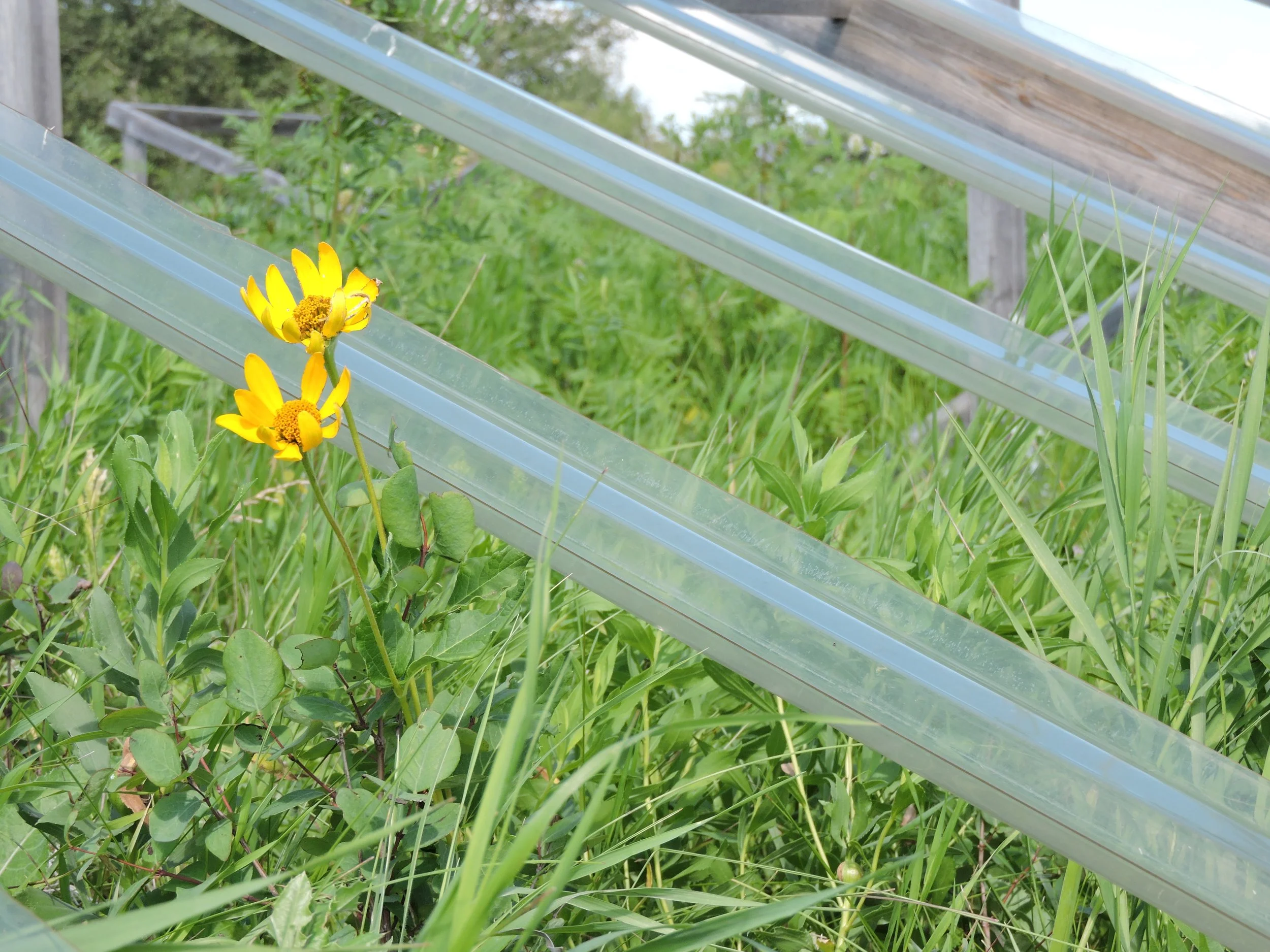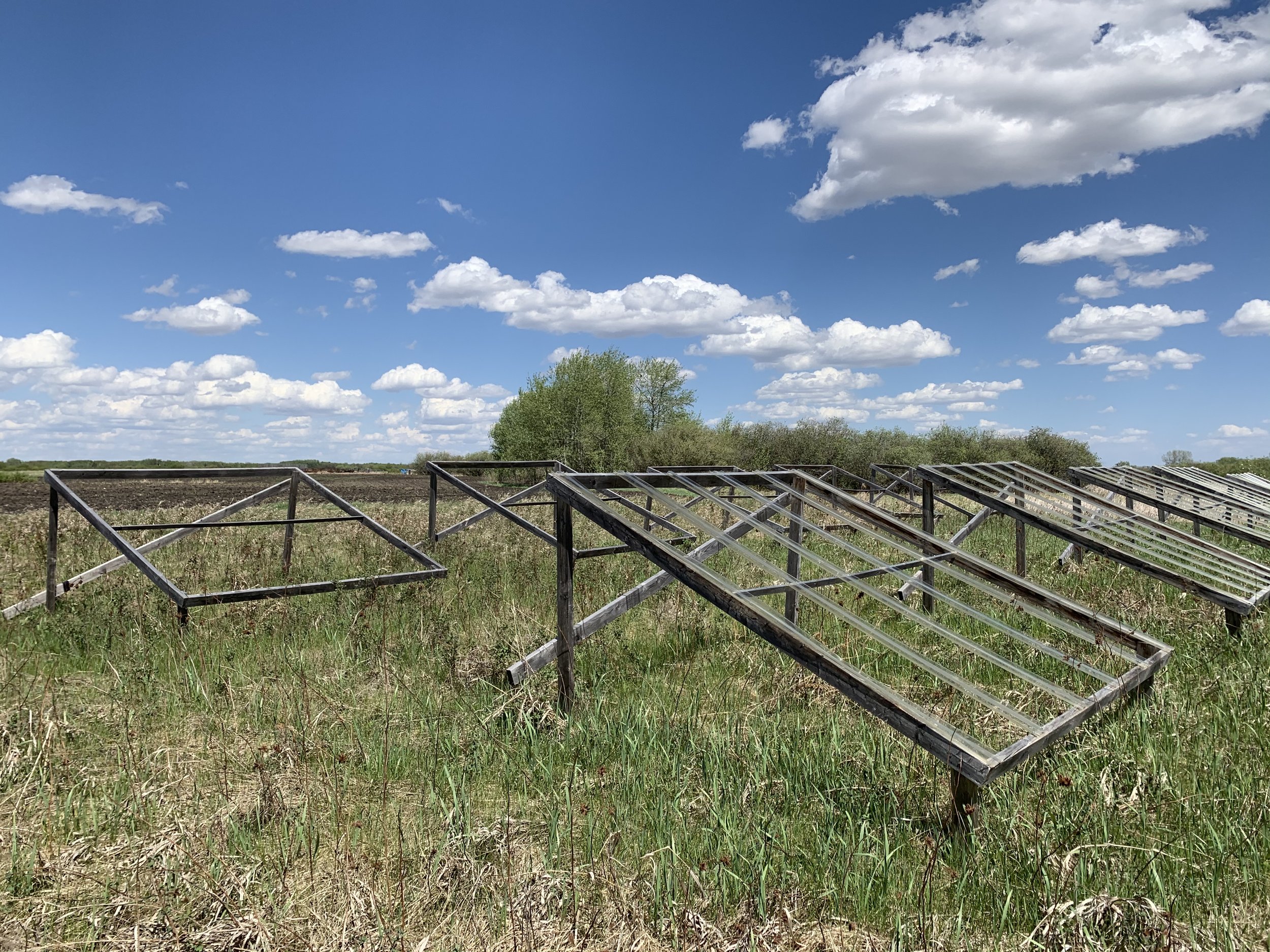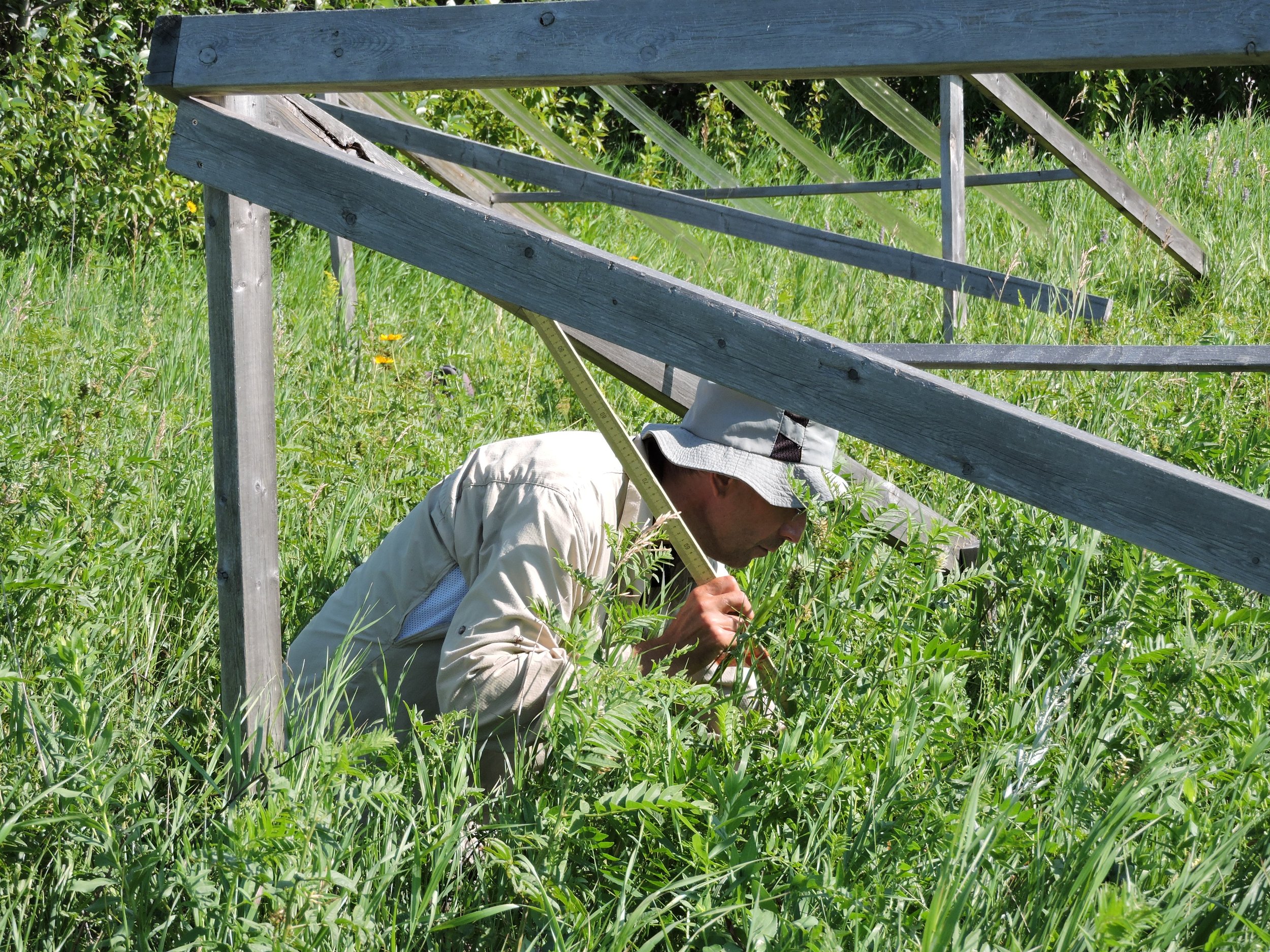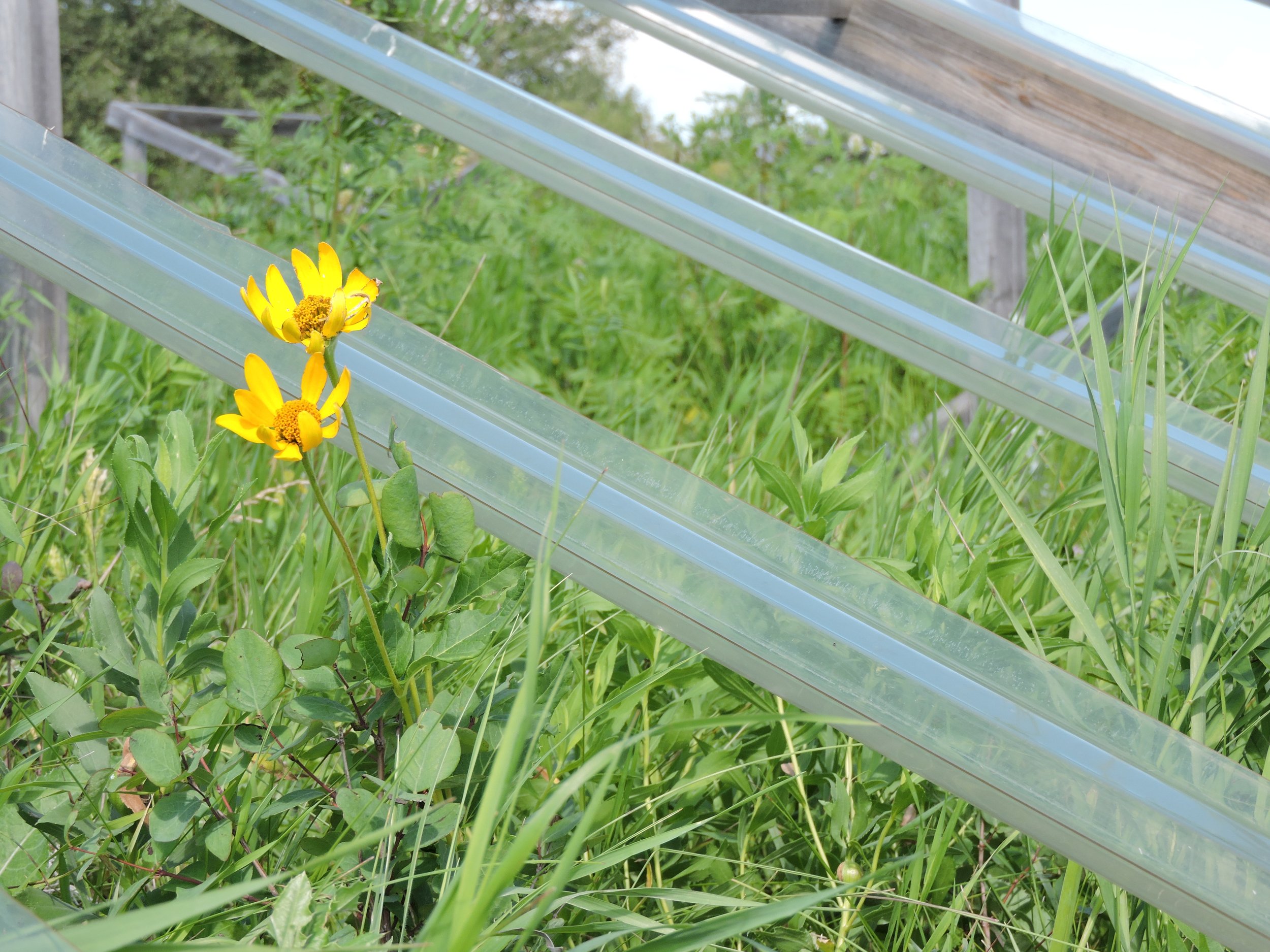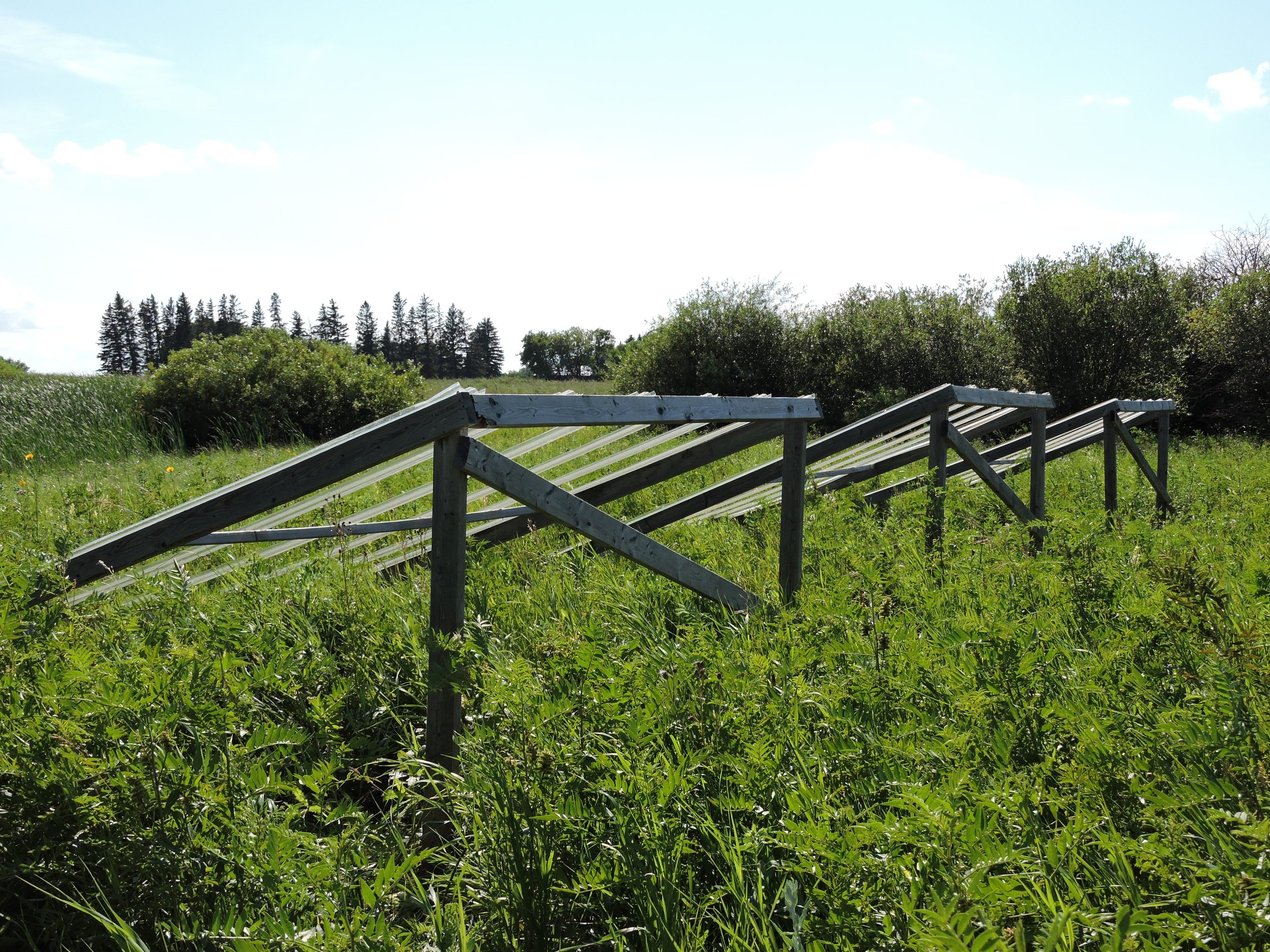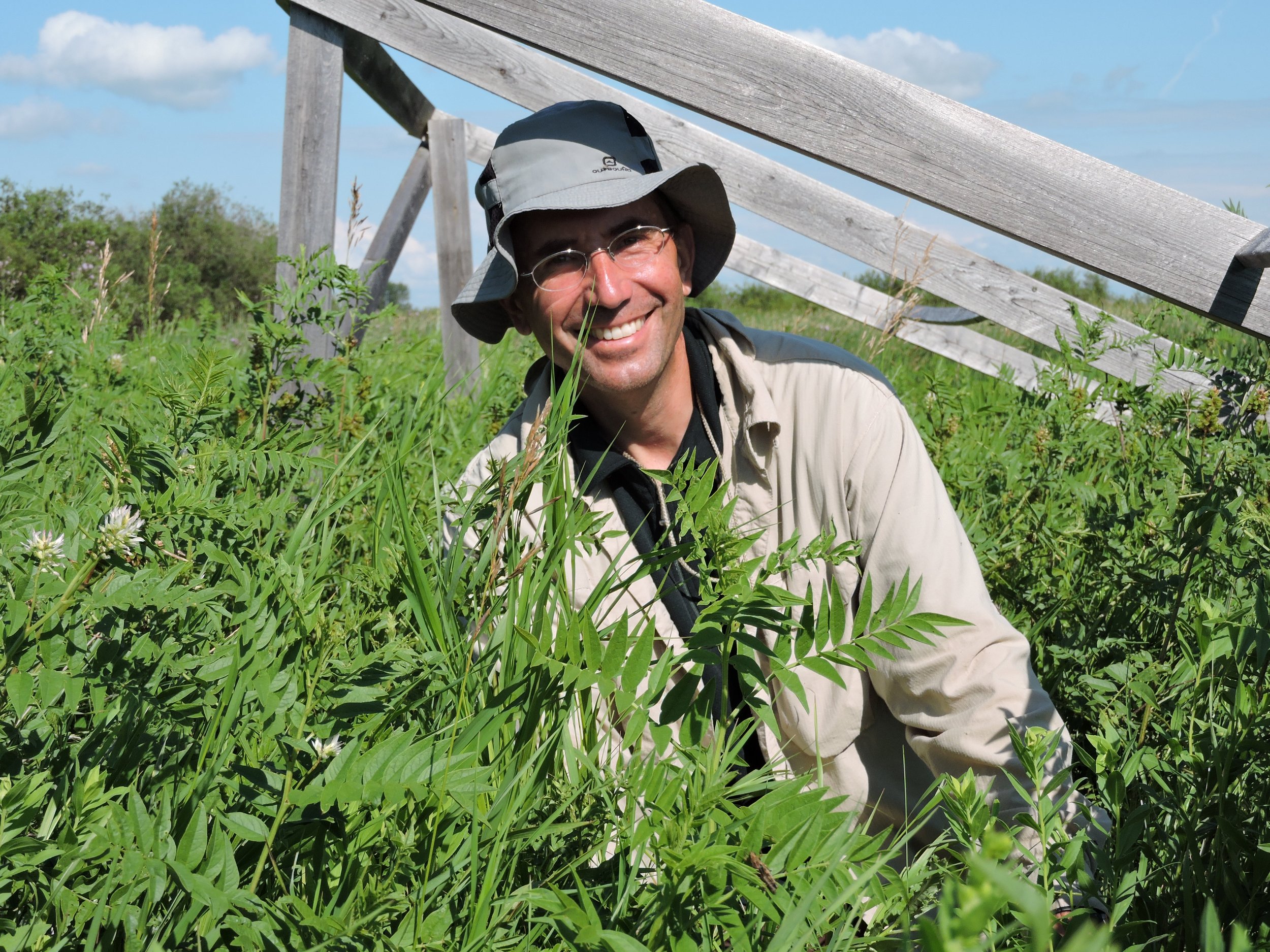Back to Research & Demonstration
Response of Rangeland to Extreme Drought
Project Details
Project Lead: Rafael Otfinowski, University of Winnipeg
Collaborators: Kim Wolfe & Jane Thornton (retired), Manitoba Agriculture
Years: 2016 - present
Project Status: Ongoing
Funding & In-Kind Support: Canadian Agricultural Partnership, MITACS, University of Winnipeg
Location: Brookdale Farm
Scope: Research
Keywords: Climate Resilience, Perennial Forages, Habitat Biodiversity, Soil Health, Soil Carbon
Approach
Terrestrial ecosystems are known to vary dramatically in their responses to drought. With climate change, droughts are expected to increase in frequency and magnitude, becoming more extreme as a result. However, limited understanding of the mechanistic basis underlying how ecosystems respond to drought reduces our ability to project drought impacts accurately.
In collaboration with the International Drought Experiment (IDE), this project will contribute data that will permit comparisons across both western Canada and globally. Improved understanding of the impacts of drought on rangeland ecosystems will help improve existing models for rangeland resource management, including the plants and soils that sustain them.
Following the protocol of the IDE in response to drought, the experiment will monitor the aboveground productivity, soil nutrient concentrations, and plant community composition of an upland rangeland community. Data collected following four years of drought treatment will be combined with those collected from an international network of stations. Drought will be imposed using fixed shelters (2.5 x 2.5 m) that passively reduce precipitation events by a constant, site-specific percentage.
Shelters at the Brookdale Farm are located in a fenced off upland prairie where no grazing has previously occurred.
Drought manipulations began in 2017. Each year the above-ground productivity, standing biomass, and plant community composition are measured. The performance of the shelters is also assessed using measurements of light and soil moisture. At the end of the experiment root production, biomass, and decomposition will be estimated inside each shelter to measure the effect of drought on below-ground productivity.
Key Findings
Preliminary results illustrate that the shelters are effective at intercepting snow and rain, and that the combined effect of reduced precipitation is changing the structure and composition of prairie communities.
More Information:
Drought Net - Sala Lab at Arizona State University
Lundell S, Batbaatar A, Carlyle CN, Lamb EG, Otfinowski R, Schellenberg MP, Bennett JA. 2022. Plant responses to soil biota depend on precipitation history, plant diversity, and productivity. Ecology. 103(10):e3784
Shi B, Delgado-Baquerizo M, Cotrufo FM, International Drought Experiment Network. Aridity drives the response of particulate and mineral-associated soil carbon to drought worldwide. Global Change Biology (In Review)
Wilkins K, Smith MD, International Drought Experiment Network. Productivity losses in grasslands are magnified when extreme drought thresholds are exceeded. Science (In Review)
Related Projects at MBFI:
Industry Resources:
Canadian Drought Monitor - AAFC
Managing Dry Conditions and Drought - Manitoba Agriculture

